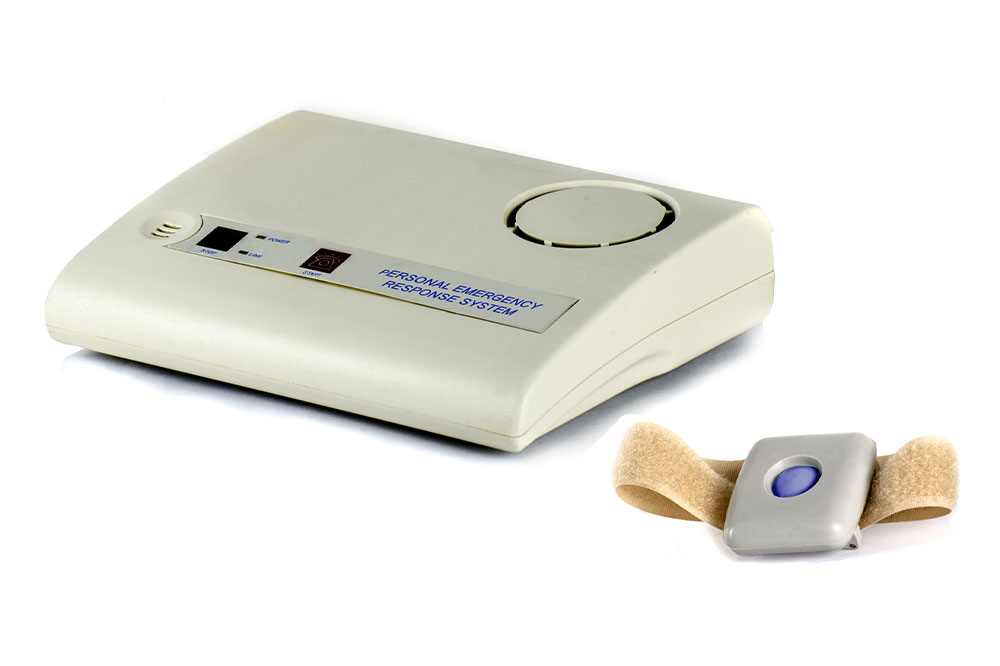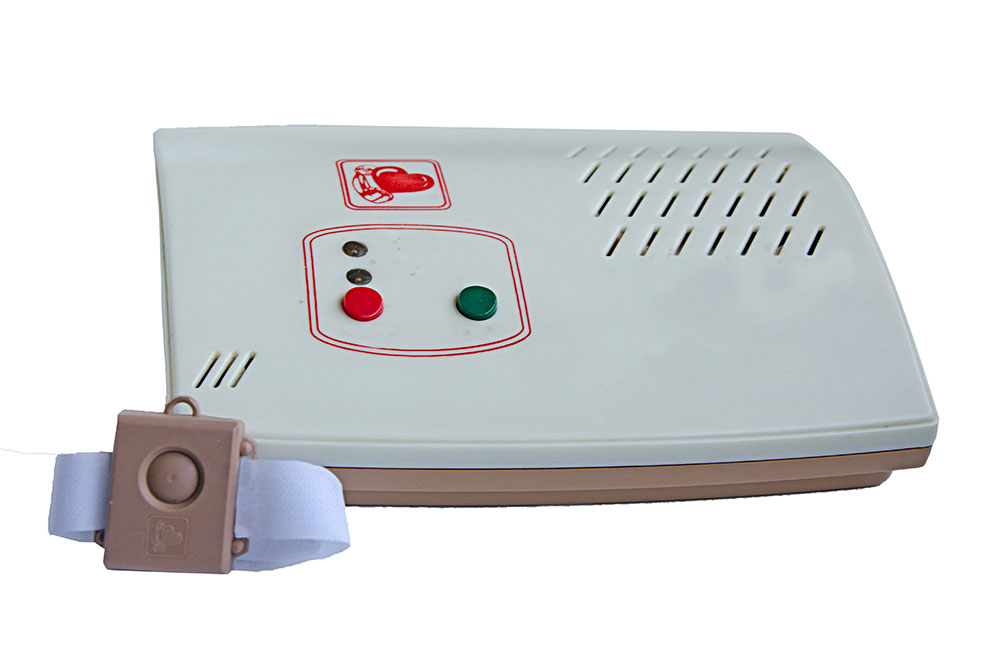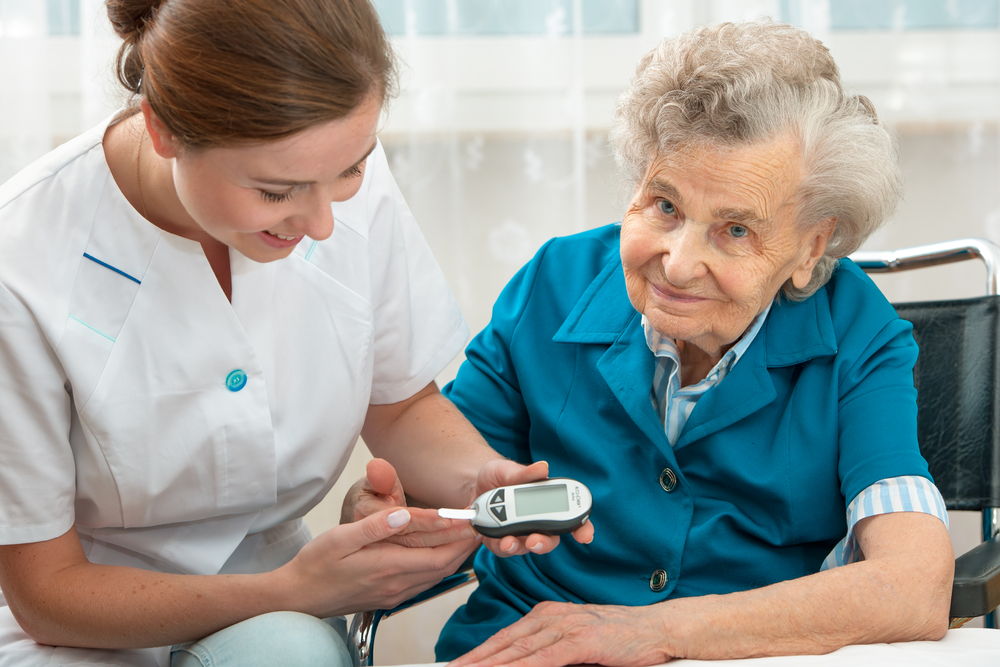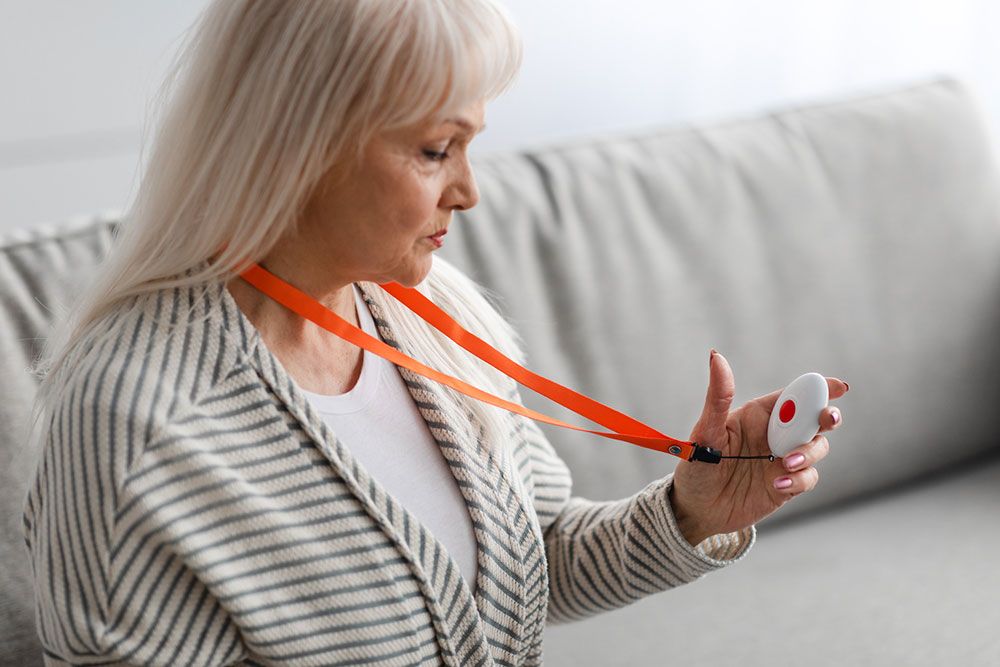Comprehensive Guide to Choosing the Right Philips Lifeline Emergency Alert System for Your Safety Needs
This comprehensive guide explores essential considerations for choosing the right Philips Lifeline Emergency Alert System. It covers device features, coverage options, and user-specific factors, helping seniors and caregivers select the most suitable safety device for home or outdoor use. With advanced features like GPS, fall detection, and two-way communication, Philips Lifeline offers reliable help whenever it’s needed most, ensuring safety and peace of mind in daily life.
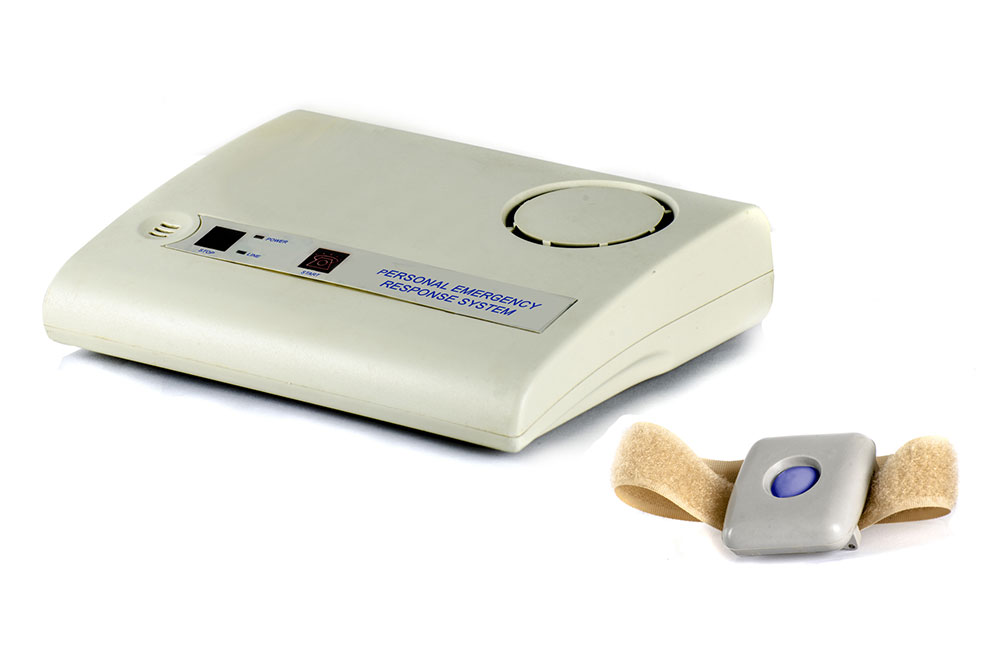
Essential Factors to Consider When Selecting a Philips Lifeline Emergency Alert Device
In today’s rapidly aging society, personal emergency alert systems have become an indispensable tool for ensuring the safety and independence of seniors. These devices are specifically designed to provide immediate assistance in case of emergencies, such as falls, medical issues, or accidents. With technological advancements, emergency alert systems now come equipped with sophisticated features like fall detection, GPS location tracking, and two-way communication, making them invaluable for those who require reliable, real-time support. Choosing the right system involves understanding various factors that align with the user’s lifestyle, mobility, and environment.
The Importance of Personal Emergency Alert Systems
Personal emergency alert systems serve as a vital safety net, offering peace of mind to seniors and their families. These systems enable users to effortlessly summon help whether they are at home or on the go. While modern smart home devices and mobile apps offer many functionalities, dedicated emergency alert systems provide specialized features such as automatic fall detection and direct connection to emergency responders, often with quicker response times. All these benefits underscore their significance in contemporary health and safety strategies for seniors and individuals with health or mobility challenges.
Understanding individual needs is essential when selecting an emergency alert system. Lifestyle factors such as daily activity levels, mobility constraints, and environment influence the choice of device. For example, those who are highly active outdoors require portable, GPS-enabled devices, whereas individuals primarily staying at home might benefit from more stationary systems. Modern Lifeline devices leverage advanced technology to provide real-time location data and monitor user movements, ensuring help can be dispatched promptly even if the user is unable to communicate or move.
Coverage and Range
Coverage capabilities are crucial considerations. Home-based systems generally connect via landline or cellular networks, providing effective protection within a designated indoor area. However, these systems often lack extended range, which is where portable devices come into play. Portable emergency alert systems incorporate cellular and GPS technologies that empower users to access help wherever they are, whether at the grocery store, park, or traveling on vacation. The integration of GPS allows emergency responders to locate the user accurately, significantly reducing response times and enhancing safety.
Types of Devices Available
The market offers various device options tailored to different preferences and needs. The most common include wristbands and pendant-style buttons, which are designed for easy access and convenience. Pendants are particularly popular due to their accessibility, especially for users with limited dexterity or cognitive impairments. Many modern systems also feature advanced functionalities such as two-way voice communication, waterproof buttons, fall detection sensors, and GPS tracking. These features work together to strengthen the safety net for users, providing reassurance and independence.
Some of the leading Philips Lifeline products include:
Philips HomeSafe Standard: This at-home system is available as a pendant or wristband, offering landline-based monitoring at a monthly fee of $29.95. It’s suitable for seniors primarily staying indoors and needing basic help summon capabilities.
Philips HomeSafe with AutoAlert: An upgraded version that includes automatic fall detection and alert notifications, priced at $44.95 per month. It provides enhanced safety for users at risk of falls or mobility issues.
Philips GoSafe 2: A mobile pendant with cellular connectivity, enabling emergency help access outside the home. Ideal for active seniors who spend time outdoors or travel frequently, offering seamless protection across different environments.
When selecting a Philips Lifeline device, it’s important to evaluate individual health conditions, lifestyle, and preferences to determine the most suitable system that offers reliability and peace of mind.
